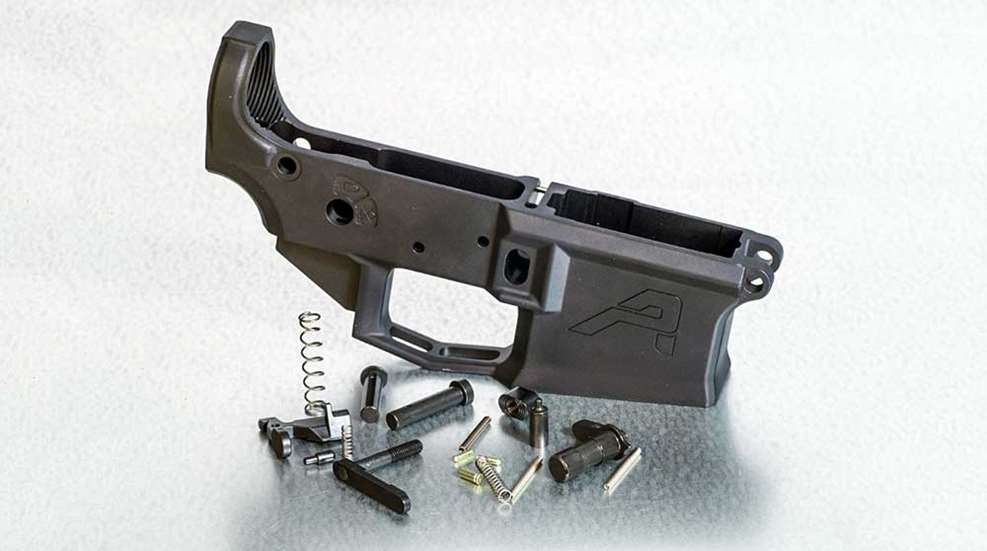
I recently did an article (which you can read here) that sought primarily to give some insight into the explosion of interest in DIY AR-15 building, what drives it and just how far it can be driven. It’s powerful! But still: should you build or buy?
After doing this a good long while, and many, many times, I cannot in absolute terms either persuade or dissuade building your own AR-15. The answer does come down to subjective perspective, in almost every objective point of comparison and contrast I can make between “build or buy." So, let's look at each!
Backing up a tad: AR-15 blueprints are public domain and there are sources-a-plenty offering an incredible array of choices and options in virtually every part needed to assemble an AR-15. The choices might be finding the right part for a better price, and the options mostly include seeking a better part for a higher price. Which direction you go depends on motivation and experience. Making insightful decisions on components and component mix (including component match), however, is exceedingly important! More in a bit.
Also: that word, “assemble,” is key. There’s no machine-shop skills or machinery needed. AR-15s are modular—parts and assemblies interchange and do so using hand tools.
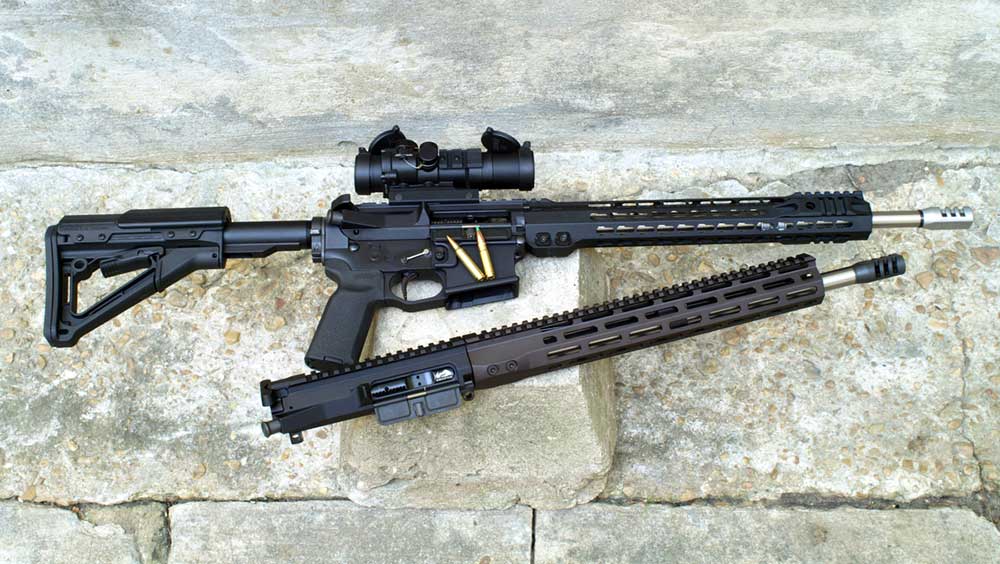
Objectively, one reason to build your own is that tempting availability of parts and parts kits. If your whole motivation is the want to own an AR-15, there’s little question that you can save money building it yourself. I’m looking at a kit package online as I write this from a trusted supplier that’s just under $400, and it’s missing only a stripped lower receiver (Most of which start well under $100). This kit would finish into what I’d call a “rack-grade” AR-15 carbine—something patently identical to what would be fetched down from a gun shop rack as “an” AR-15.
There likely will be others on that same rack with higher price tags. The higher price reflects (or should reflect) the components used. Do think in fair terms, and that means in terms of what overall “level” you are comparing. A no-frills, meaning essentially USGI-standard parts and configuration? Or one with premium components, like a match-grade barrel and trigger, free-floated handguard, billet-made receivers, and on and on down a (very long) list?
These options are what drive both builders and buyers to up their antes.
I think that the more money you’re agreeable to part with, the stronger may be (and possibly should be) the lure to build. I hope this makes sense: apples for apples, when you’re looking for the best-of-the-best in an AR-15, you’ll likely save proportionately more doing it yourself. If you’re shopping for a ready-made ramped-up AR15, which will have a high price tag, there are good sources for those. Some of those sources also produce their parts for builders, so, a complete gun from Wilson Combat or JP Enterprises, for instances, is more what I would call a “custom” gun, but it’s a stock item.
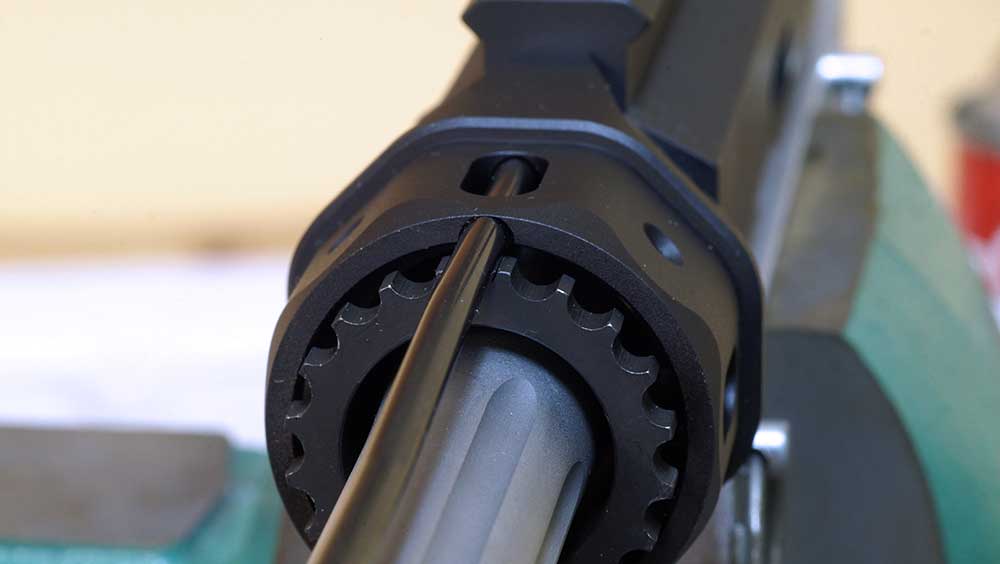
Because of its modular nature, one of the big draws toward both building and buying can come from someone who already has a complete AR-15 and wants a new gun. Well. A “new” gun, in effect, is a different complete upper-receiver assembly that pins onto the “old” gun. That new upper may be one in a different chambering. That’s a common reason, and there are a lot (a lot) of options. All the parts needed to complete an upper assembly are all waiting to be shipped right to you. It’s not always just that easy because there may be some changes necessary in the lower assembly to get function correct (spring and buffer tweaks) but the point is still made. It’s an extreme level of flexibility. Clearly, it’s just the same in effect to purchase a complete assembled upper. That’s a lower cost than a complete new gun.
Reasons you might not want to build your own include the investment in tools and tooling. A basic kit, which includes all the truly necessary items (and only the truly necessary items), starts at a solid $100, and that doesn’t include a sturdy vise (necessary). Of course, it goes up from there! Having also been an ammunition handloader for 45 years now, there almost inevitably is an upwardly sliding scale respecting what we eventually determine is absolutely necessary. The farther we go, the more we spend. And, as with that handloading equipment, there are decidedly different levels of “nice” in builder tools. Some are worth it. Having a place and set-up conducive to supporting the work you’ll be doing is beyond helpful—there is “shop stuff” that you’ll find you need.
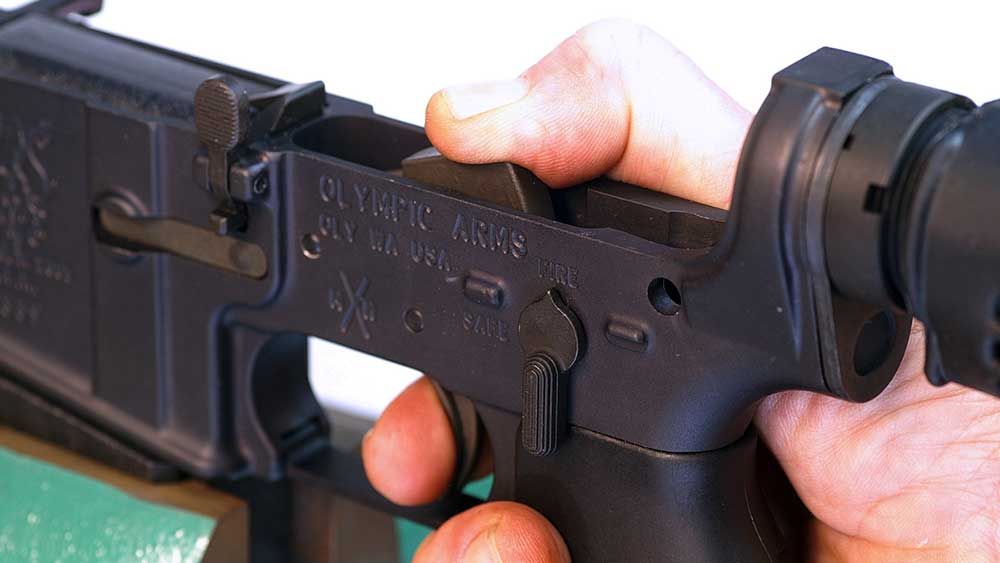
That hundred dollars isn’t all that much; chances are about certain that you will save back that much the first use. Let’s play it safe, though, and double that. For instance, I recommend getting two sets of pin punches, and the reasons for that will be clear after your first go.
There are always going to be things you find out you need, and sometimes when you need them you need them. It’s kind of like setting out to save money doing your own auto repair and realizing you need a new $50 tool to fit up your new $5 part. It also, as mentioned before, is one reason this, as one Shooting Illustrated reader astutely commented, “is like potato chips…” Right. You’ll likely build more than just one.
There’s a sort of rumor going around, based on the flow of info all about the world-wide-web, that building an AR-15 is just flat easy. That anyone and everyone can and should do it. I agree and I don’t, and lean more toward don’t. Most things become easier after you know how, and the road to that insight may have been paved with a few mistakes, miscues, misunderstandings and oversights. Some mistakes are more costly than others. These may include accidentally cracked receivers, headspace violations, parts omissions, lost or damaged parts and generally unsightly messes. I’ve tidied up a few for folks hereabouts still pedaling up that learning curve. It’s kind of like a bad haircut, but it won’t grow back. Much in the same as learning to handload ammunition; there is some element of danger, or at the least escalated consequence of failure.
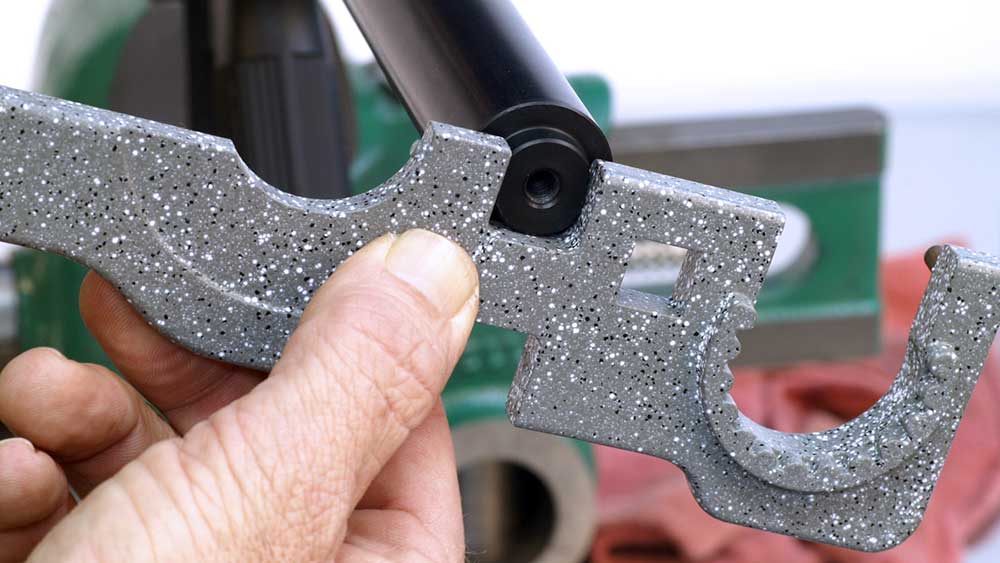
Not understanding and applying some insight to some building steps will, not may, result in functional and functionality issues, or both. Getting gas-tube alignment correct, for instance, is a difference between a group and a gathering on target. Learn how to check trigger function for safety. Check headspace! There’s a long list of “always” and “nevers.”
There are tricks, tips and insights “out there” that are most valuable, but you have to know where to look, what to believe and you also only learn many things through experience. In my participation in and perusal of forums and the like I have come to two conclusions: 1. In the land of the blind, the person with one eye is king, and 2. Information is usually worth about what you pay for it, or at least what someone else paid for it.
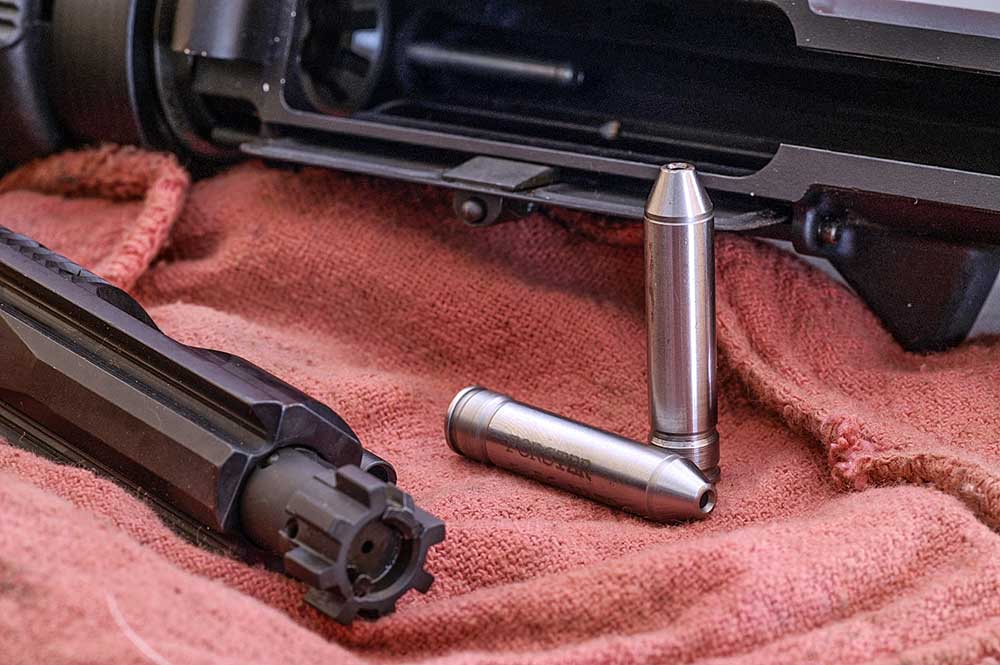
A new, complete gun purchased with a full warranty (and I don’t think one exists now that isn’t well covered) means that any problem it has is not your problem alone. It can and will get fixed. Likewise, though, the better component manufacturers stand behind their parts. However, as with high-performance automobile mods, there can (rightly) be questions about compatibility conflicts. In other words: Whose, or which’s, fault is the malfunction? I advise, when practicable and also agreeable, purchasing as many parts from the same manufacturer as you can. That’s better assurance of compatibility.
Also, ask questions! Be especially careful choosing components if you’re using receivers that are not USGI-standard configuration. Also, it’s up to you to get the parts you need, to know what you need (and to get all the parts…). Again, though, all the reputable outlets I’ve dealt with (and that’s how I know they’re reputable) will work with you, even if they sent you the right wrong thing.
You will, not may, become much more familiar with the AR-15, especially on those times it’s necessary to troubleshoot it. That’s a bonus! Let’s hope those times are infrequent.
Glen Zediker is a long-time contributor to NRA Publications. He is a High-Master NRA High Power Rifle competitor and earned that distinction using an AR15 Service Rifle. Glen also owns Zediker Publishing, a company that provides books and information with a focus on AR-platform firearms and handloading. The preceding is a specially-adapted excerpt from his latest book, "America’s Gun: The Practical AR-15." Visit ZedikerPublishing.com or BuyZedikerBooks.com for more.




































